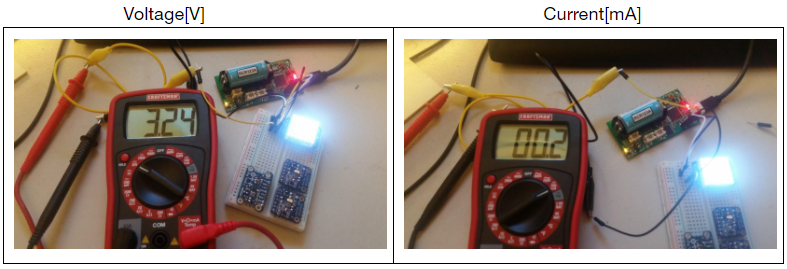Goliath Fall 2017
Component Testing
By: John Ocampo (Electronics and Controls Engineer)
Approved By: Mark Huffman (Project Manager)
Introduction
This project will be including 4 new peripherals and parts for this iteration of the Goliath. To fulfil the following requirements:
Operation Task – Autonomous, L1(13)
Operation Task – Recall, L1(14)
These parts will be added eventually to the PCB design on the Goliath. The tested components so far are as follows: Color Sensors, LED Matrix, Range Finder.
Color Sensor
Firstly the materials of the object impact the results from the test. When sensing the color of a thin rubber object the detected color was more variable. Small changes in orientation or distance greatly affected the color displayed on the processing window. When sensing the color of paper the detected color was more stable. With the only exception to both of these findings is white. The color sensor seems to have an ideal distance of 0 to 2 cm in the case of RGB colors, but for monochromatics, the ideal distance seems to be between 0 to 1cm. The test code, colorview was from the manufacturer adafruit[1].
Led Matrix
This was a simple test to check the experimental/actual voltage required and current drawn from the LED matrix. There was one assumption I made and that when all the LEDs are turned on the matrix should be drawing its maximum current. I modified adafruit’s given code[2] to just leave all the matrix’s LEDs on the ON position. With the result, at full LED operation, the 8×8 LED matrix seems to only consume 0.2mA with a required voltage of 3.24V.
Range Finder
The IR Sensor’s maximum range seems to be 20cm. The sensitivity has a deviation of 5 cm at most. In this side video demonstration, the IR signal bounced off the protruding panel of the Goliath’s side panel creating an effective detection surface.
In this video demonstration, IR signal was bounced off the slope of the Goliath’s lower front panel providing a noticeable change in distance. Which means that range depicted will not be accurate if the sensor is not at a 90-degree angle of the target object. This deviation will need to be analyzed further.

